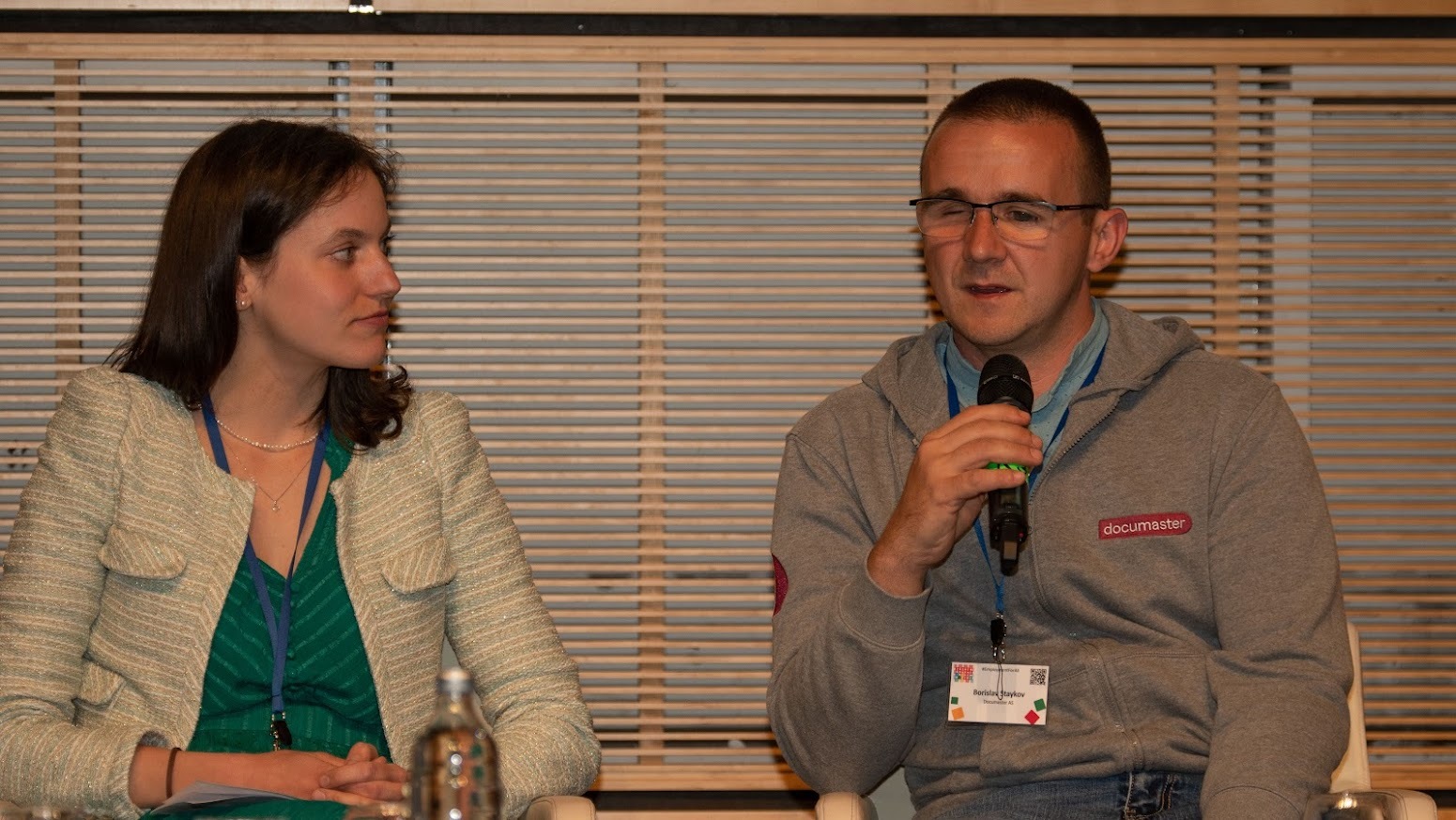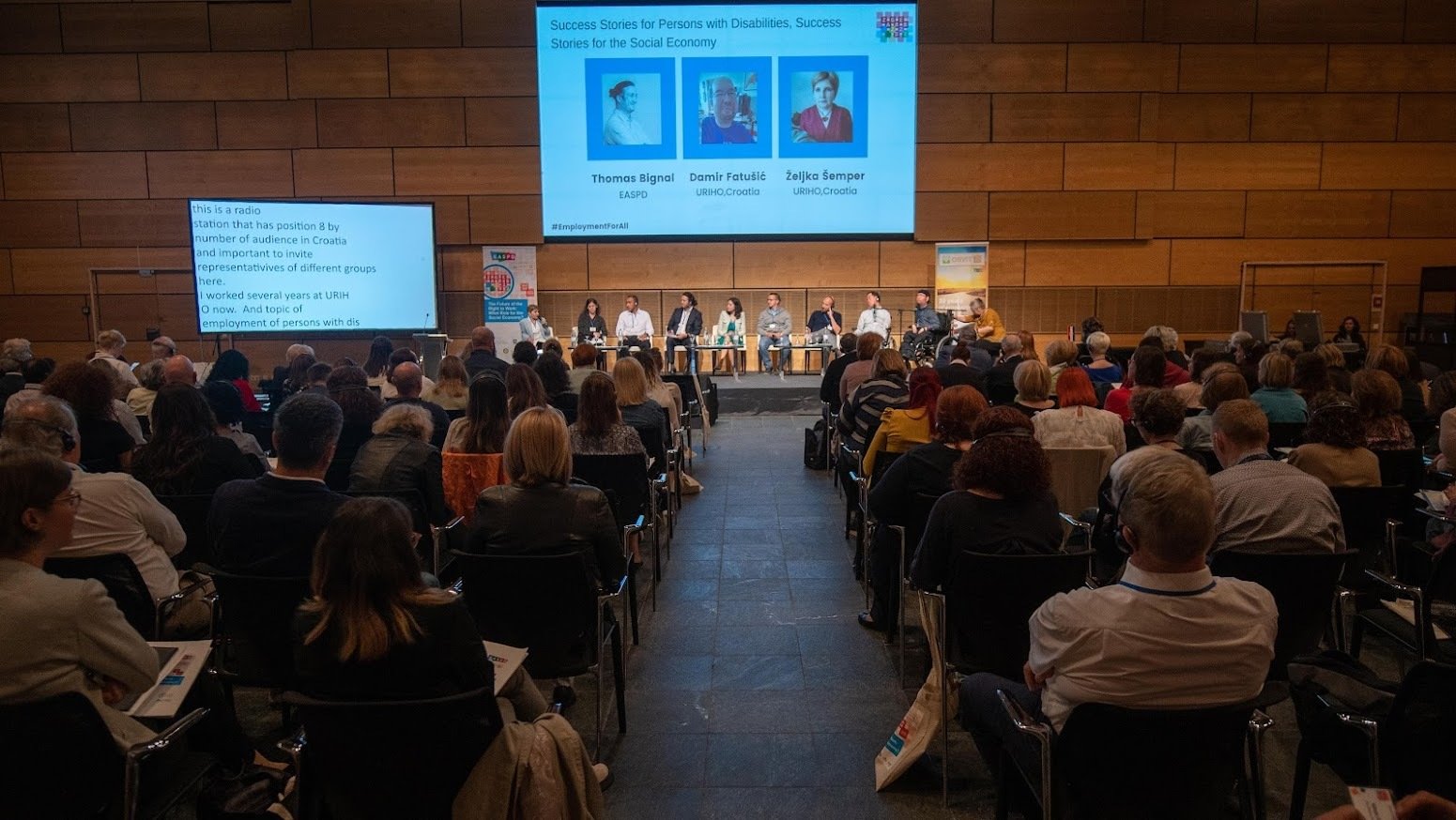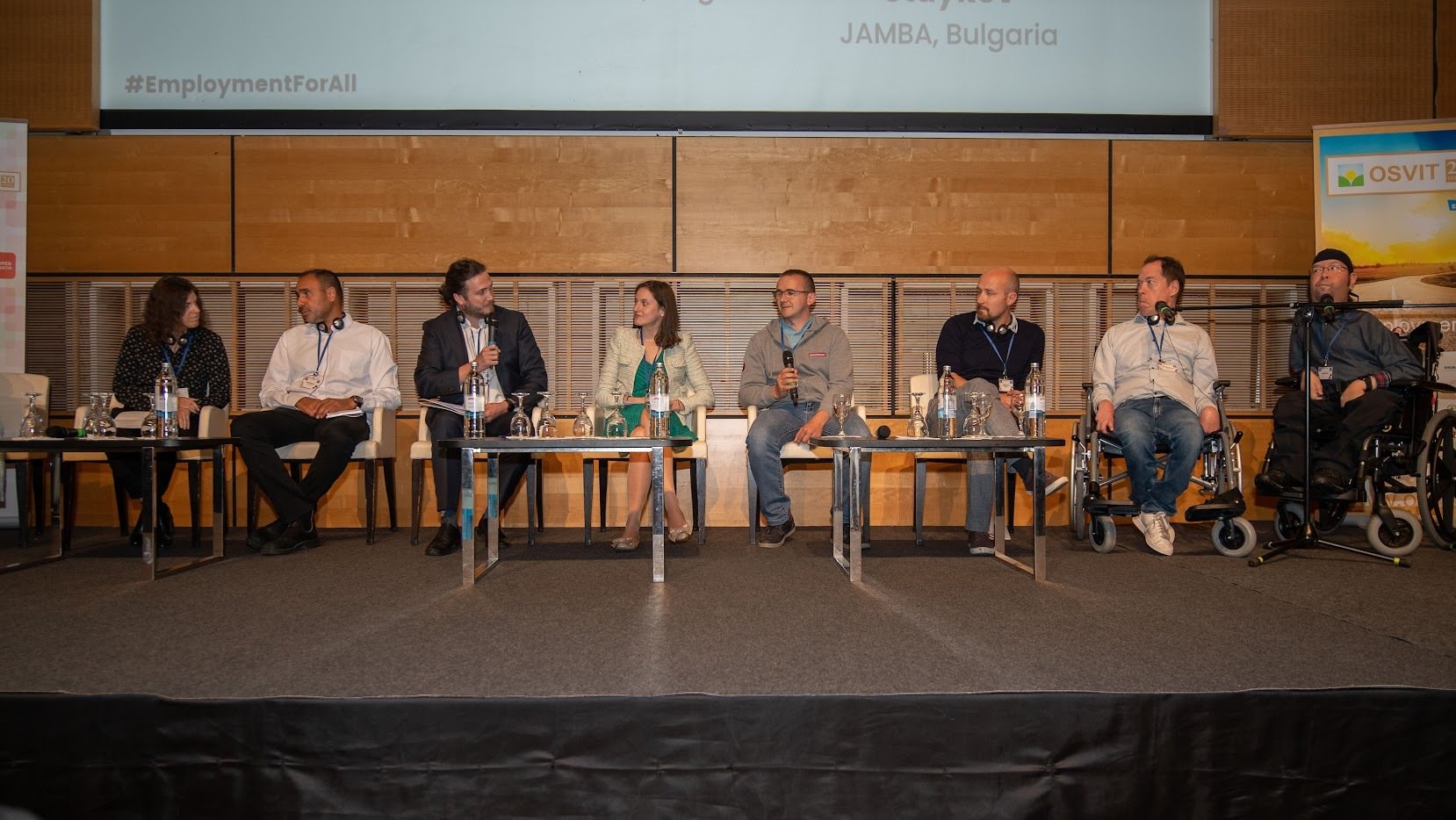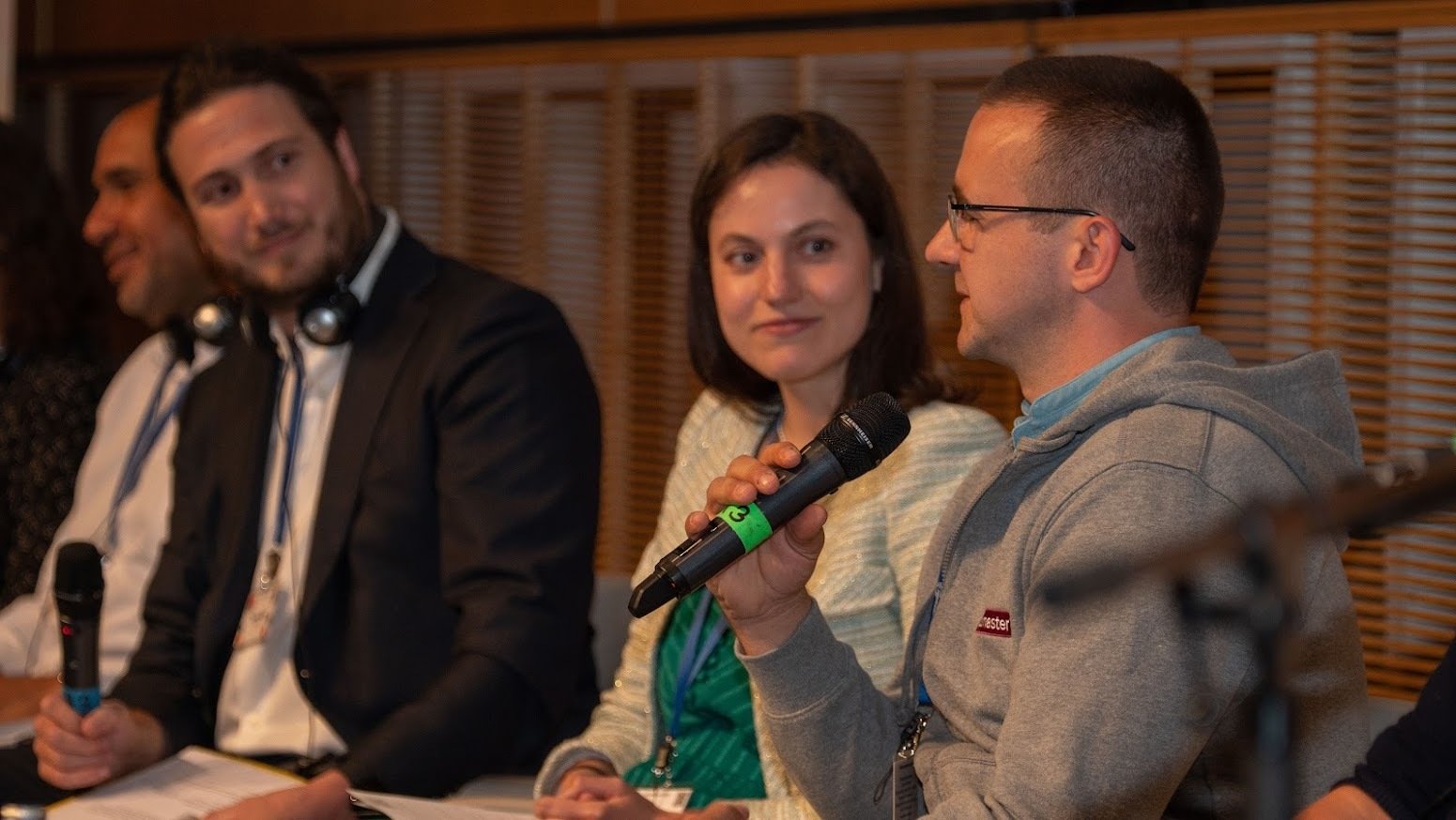Menu

In the gap, between holidays in May, I took a night bus to Zagreb for the conference “The future of the right to work: What role for the social economy?”. It was organized by the European Association of Service Providers for Persons with Disabilities (EASPD).
JAMBA, which assisted Documaster in the process of hiring me, asked to showcase a successful example of their work in the field (connecting people with diverse abilities in Bulgaria with potential employers). I immediately took the opportunity to share my experience, but more importantly – to better understand the situation for people like me all over Europe. Just FYI – Bulgaria is not that bad of a place for people with disabilities.
EASPD is the organization, which recommends practices aimed at improving the lives of people with disabilities to the European Union. Therefore, it is in their capacity to introduce changes, reflecting the current needs of people they represent. The above-mentioned conference was the first time since 1994, when actual people with disabilities were invited to give their point of view, so I knew I should make it count!
The event began with our panel: a person on a wheelchair, a girl with hearing impairment and I, representing people with sight deficit – sharing the success stories and actual paths we, the “end-users” of EU disability policies and practices, followed in achieving proper integration in the labor markets.
A lot of the leaders of Service Providing agencies and NGOs wanted to know how we managed to achieve proper inclusion in our fields of work. We told them, that the world is realizing the untapped potential in people with disabilities. With the right toolsets we can give even more than regular employees, because we are motivated to prove our capabilities, despite all the barriers we need to overcome on a daily basis.
The discussion was inspiring for everyone, of course, which is great, but then, it was time to talk about the policies and the problems, which should be considered for debate and eventual resolution.
After much presenting of different strategies and their effects on the respective target groups – I noticed a trend in most of the European countries. Yes, the governments provide financial support and assistive services, but if a given person wants to work – they are blocked by a wall of bureaucracy and they face loosing the benefits and services they are entitled to.
 We’ve come a long way, but there is still plenty to work on. Despite the concerns shared above, the future looks brighter than ever for the persons with disabilities. Inadequate and inefficient methods of integration are being phased out. The overall conclusion was that the environment is evolving, and so are the opportunities for realization of people’s potential in many of the contemporary fields of work.
We’ve come a long way, but there is still plenty to work on. Despite the concerns shared above, the future looks brighter than ever for the persons with disabilities. Inadequate and inefficient methods of integration are being phased out. The overall conclusion was that the environment is evolving, and so are the opportunities for realization of people’s potential in many of the contemporary fields of work.
No Comments Yet
Let us know what you think